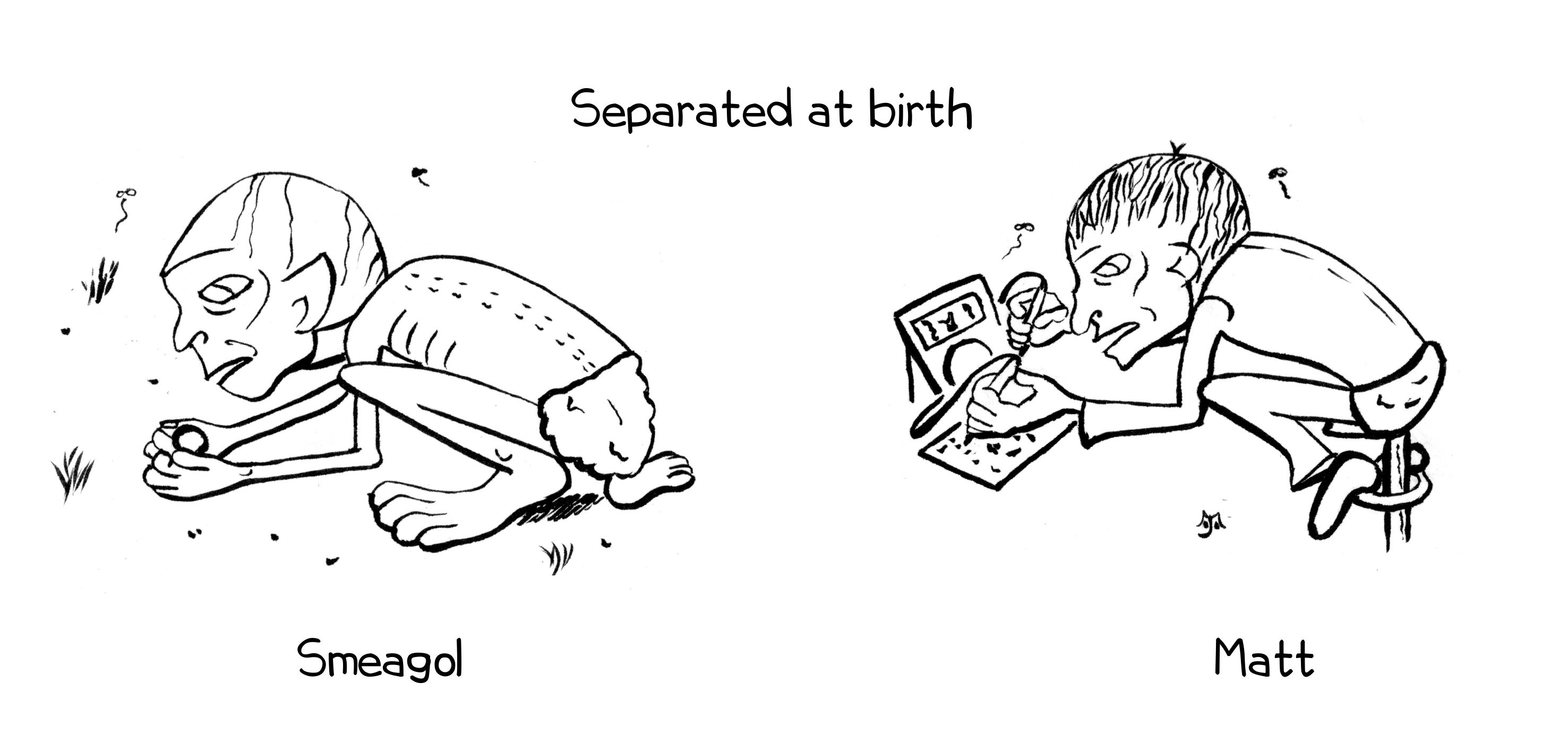-
Build Instructions and Ramble
08/24/2017 at 18:47 • 0 commentsBuild Instructions on github
I decided to put the build instructions and other documentation into an OpenOffice document. Why not put it all up on the Hackaday project instructions? Having the OpenOffice document allows me to put it up on my github site. Anybody else can then download it and modify it or take bits from it to help with their project or perhaps in modifying this project. I'll put a version of this onto the Hackaday project site, but you're best off going to the github site and downloading the latest version.
There was a bug on the Hackaday site which made it difficult to put up my build instructions. I found that I couldn't edit the instructions after the initial post. I had this bug verified by Hackaday. It is probably fixed by now.
Ramble
Is this project a hack? The build complexity is low compared with many other projects. The Hackaday site defines hacking as:
Hacking is an art form that uses something in a way in which it was not originally intended. This highly creative activity can be highly technical, simply clever, or both.
I am re-purposing an educational tool to be assistive technology, so I think it qualifies as a hack. What the reader doesn't see is my many, many failed approaches. I spent some months writing code for the Microsoft Kinect, then the Leap Motion. Neither were suitable for my end user group. Then I made several iterations of proper kludges, lashing together Micropython boards, IMUs and XBees. These would undoubtedly qualify as 'hacks'. My final implementation (so far...) has the advantage of being simple. I've put the time and effort in that many more sophisticated projects on this site have, though the end product does not appear to reflect this as it is based on unmodified off the shelf boards.
Getting from A to B, I visited most of the other letters in the alphabet.
-
licence
08/05/2017 at 18:13 • 0 commentsOne of the requirements for the 2017 competition entry is to detail licence requirements. I don't know much about the different types. When I set up the github account for this project, I was asked to choose a licence. I went with the MIT licence as it gives free use of the code so long as I am quoted as the original creator. Why would this appeal? Do I crave the fame of having this project associated with me? Of course! In reality, knowing who created the code will allow anybody who uses it to easily find my webpage, where I intend to keep the designs and code up to date with the inevitable fixes and improvements. This should help whoever uses handShake to have easy access to the latest and most reliable design and code.
Here we go:
Copyright (c) 2017 Matthew Oppenheim
Permission is hereby granted, free of charge, to any person obtaining a copy
of this software and associated documentation files (the "Software"), to deal
in the Software without restriction, including without limitation the rights
to use, copy, modify, merge, publish, distribute, sublicense, and/or sell
copies of the Software, and to permit persons to whom the Software is
furnished to do so, subject to the following conditions:The above copyright notice and this permission notice shall be included in all
copies or substantial portions of the Software.THE SOFTWARE IS PROVIDED "AS IS", WITHOUT WARRANTY OF ANY KIND, EXPRESS OR
IMPLIED, INCLUDING BUT NOT LIMITED TO THE WARRANTIES OF MERCHANTABILITY,
FITNESS FOR A PARTICULAR PURPOSE AND NONINFRINGEMENT. IN NO EVENT SHALL THE
AUTHORS OR COPYRIGHT HOLDERS BE LIABLE FOR ANY CLAIM, DAMAGES OR OTHER
LIABILITY, WHETHER IN AN ACTION OF CONTRACT, TORT OR OTHERWISE, ARISING FROM,
OUT OF OR IN CONNECTION WITH THE SOFTWARE OR THE USE OR OTHER DEALINGS IN THE
SOFTWARE. -
HandShake, a history
07/28/2017 at 17:31 • 0 commentsI set up a hackaday project page in '16 for the competition that year, but didn't make enough progress to get anywhere. But I'm back! This year I started to use the BBC Micro:bit. The microbit is a single board aimed at 11-12 year old school students. I think of it as a gateway drug to embedded hardware. It is designed to be a stepping stone to give somebody who has no interest in computers or programming the chance to realise how empty their life is without these interests. I imagine the developers have a different description.
The microbit has an embedded microcontroller and a few sensors including an accelerometer. The 'killer feature' is the board to board radio. It 'just works'(TM). As the boards have been tested and deemed safe to use at schools, this means that I can use them without worrying about the reprisals that follow after inflicting my own kludges onto unsuspecting victims.I did prove the HandShake idea with a custom kludge of an xbee, accelerometer, battery and regulator. If you go down my project page, you can read of my many, many failures. How I failed. I failed Mightily. I'd like to say I emerged a better person for the struggle, but I suspect it all contributed to the bitter, introverted, golem like creature I am today.
![]()
-
HandShake testing at Beaumont
07/27/2017 at 17:55 • 0 commentsJordan and Jack, who are students at Beaumont, kindly volunteered to have a go at testing HandShake. The aim was to turn on an LED light through hand gesture. Please have a look at the video below. When the students move their hand, the gesture is detected and the blink1 USB LED flashes. The real aim of HandShake is to enable the students to operate their communications software. In the video you can see that the two students can move their hands with different strengths. HandShake can be tuned to the sensitivity level needed for each student using the buttons on the front of either of the boards.
 matt oppenheim
matt oppenheim